Focus on Energy Efficiency
The emphasis on energy efficiency is a pivotal driver in the Street Lighting Market. With rising energy costs and environmental concerns, there is a growing demand for lighting solutions that minimize energy consumption. Energy-efficient street lighting, particularly LED systems, offers a compelling solution, as they can reduce energy usage by up to 80%. Additionally, these systems often have longer lifespans, resulting in lower replacement costs. As cities strive to meet sustainability goals and reduce their carbon footprints, the adoption of energy-efficient street lighting is likely to accelerate, further propelling the Street Lighting Market.
Technological Advancements
The Street Lighting Market is experiencing a notable transformation due to rapid technological advancements. Innovations such as LED technology and smart lighting systems are becoming increasingly prevalent. These technologies not only enhance energy efficiency but also reduce maintenance costs. For instance, LED street lights consume up to 75% less energy compared to traditional lighting solutions. Furthermore, the integration of IoT in street lighting allows for real-time monitoring and control, which can lead to significant operational savings. As municipalities and urban planners seek to modernize their infrastructure, the demand for advanced lighting solutions is likely to grow, driving the Street Lighting Market forward.
Public Safety and Security Concerns
Public safety and security concerns are increasingly influencing the Street Lighting Market. Well-lit streets are essential for enhancing safety and reducing crime rates in urban areas. Studies indicate that improved street lighting can lead to a significant decrease in nighttime crime, thereby fostering a sense of security among residents. As communities prioritize safety, there is a growing demand for effective street lighting solutions that address these concerns. This trend is prompting municipalities to invest in advanced lighting technologies, such as smart lighting systems that can adapt to real-time conditions. As a result, the Street Lighting Market is likely to benefit from heightened investments in safety-oriented lighting solutions.
Government Initiatives and Regulations
Government initiatives and regulations play a crucial role in shaping the Street Lighting Market. Many governments are implementing policies aimed at reducing energy consumption and promoting sustainable practices. For example, regulations mandating the transition to energy-efficient lighting solutions are becoming more common. In some regions, funding programs are available to support municipalities in upgrading their street lighting systems. This regulatory push not only encourages the adoption of modern technologies but also fosters competition among manufacturers to develop innovative products. As a result, the Street Lighting Market is likely to see increased investment and growth in the coming years.
Urbanization and Infrastructure Development
Urbanization is a driving force behind the growth of the Street Lighting Market. As populations migrate to urban areas, the demand for improved infrastructure, including street lighting, intensifies. Cities are increasingly recognizing the importance of well-lit public spaces for safety and aesthetic appeal. According to recent data, urban areas are projected to account for over 70% of the global population by 2050, necessitating significant investments in street lighting. This trend is prompting municipalities to upgrade existing systems and implement new lighting solutions that enhance visibility and security. Consequently, the Street Lighting Market is poised for substantial expansion.

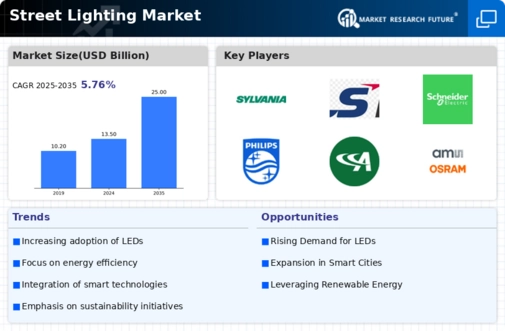
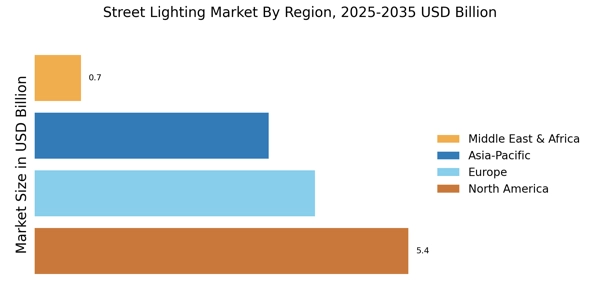
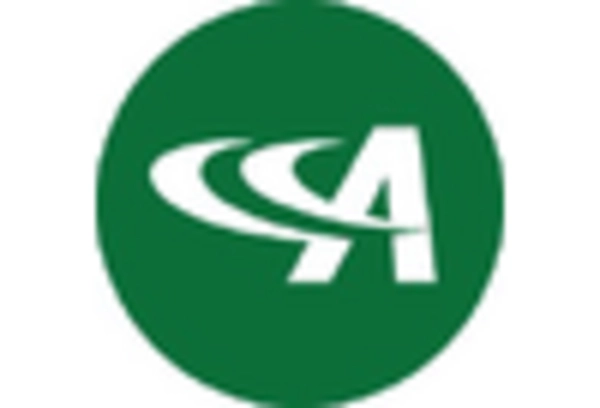

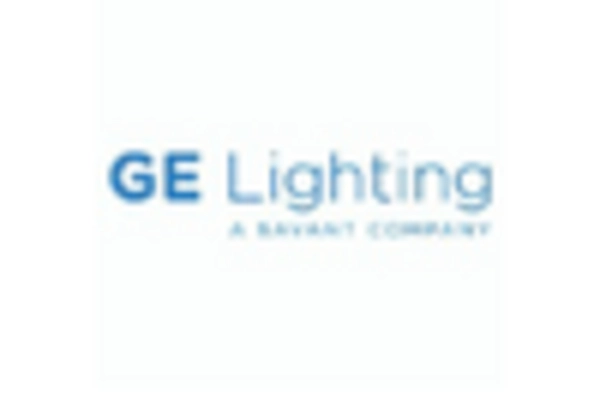
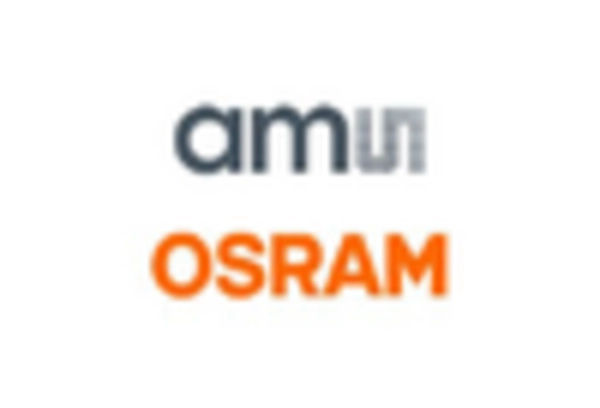










Leave a Comment